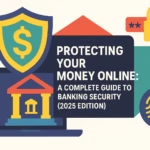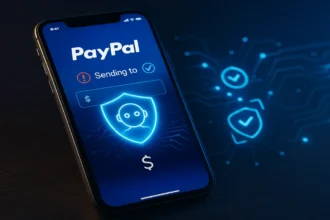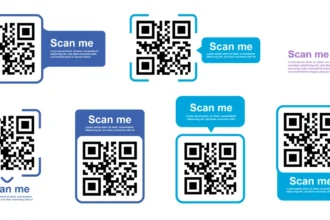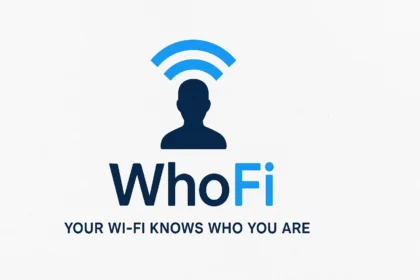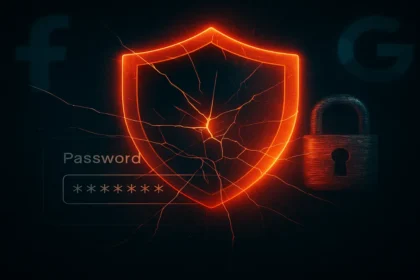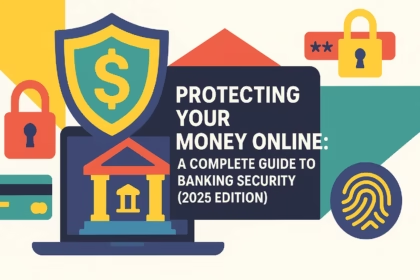We live almost our entire lives online—scrolling, shopping, banking, connecting, working. But here’s the thing: every single click leaves behind a trail of data. That data is tracked, collected, sold, and sometimes even stolen.
Online privacy isn’t about being paranoid—it’s about protecting yourself. In this guide, we’ll break down the biggest risks to your privacy, and simple steps you can take today to keep your data safe.
Why Privacy Matters (Even if You Think You Have Nothing to Hide)
- Hackers can steal identities and drain accounts.
- Advertisers follow you around the internet to target ads.
- Governments and ISPs log activities in some regions.
- Oversharing on social media can create real-life risks.
Your data is valuable. The more of it you give away, the more powerful it becomes in other people’s hands.
“Privacy isn’t about hiding—it’s about control.”
Common Online Privacy Threats
Here’s what chips away at your digital life every day:
- Public Wi-Fi snooping – Free doesn’t always mean safe.
- Phishing scams – Fake emails or texts that steal your logins.
- Oversharing – Birthdays, vacations, even pet names = hacker fuel.
- Apps with too many permissions – Some just want more access than they should.
- Always-on tracking – Cookies and trackers build a profile on you.
10 Practical Steps to Protect Your Privacy
Here’s what you can start doing right now:
- Create strong, unique passwords (or let a password manager handle it).
- Enable two-factor authentication (2FA) for an extra layer of security.
- Use a privacy-friendly browser like Brave or Firefox with privacy add-ons.
- Install an ad/tracker blocker (e.g., uBlock Origin, Privacy Badger).
- Use a VPN on public Wi-Fi so your browsing isn’t exposed.
- Check your social media privacy settings—share less, lock down more.
- Keep software & apps updated to block known security loopholes.
- Use encrypted messaging apps like Signal or WhatsApp.
- Review app permissions—deny access to what they don’t need.
- Regularly back up your data in an encrypted format.
Advanced Privacy Moves (Optional, but Powerful)
💡 For those who want maximum protection:
- Use Tor Browser for anonymity.
- Explore privacy-first operating systems like Tails or Qubes OS.
- Delete old accounts to reduce your digital footprint.
- Use aliases or separate emails for sign-ups.
Quick Privacy Checklist ✅
Take 60 seconds, and tick these off today:
- Change your main password to something strong.
- Turn on 2FA for your email + main social account.
- Install a tracker/ad blocker in your browser.
- Update your phone or laptop now.
- Review apps—remove or disable unnecessary permissions.
Final Thoughts
Your privacy is like your home—you wouldn’t leave your doors open, so don’t leave your digital life wide open either. You don’t need to be invisible online, but you do need to stay in control of your personal data.
Remember: Your data is yours. Guard it. Value it. Protect it.





